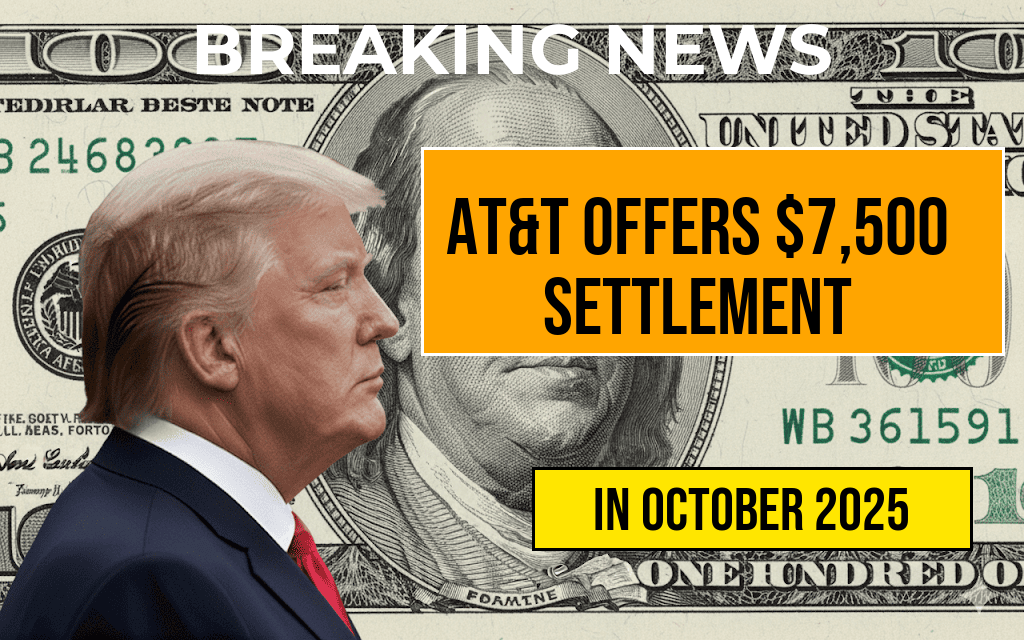After years of debate and policy adjustments, the longstanding WEP (Widow’s Earnings Provision) and GPO (Government Pension Offset) provisions have officially been phased out, bringing significant relief to thousands of teachers and firefighters across the country. Effective immediately, these workers now receive monthly pension increases of up to $500, a move that aims to restore benefits previously curtailed by these federal policies. The change is part of a broader effort to improve retirement security for public servants, many of whom had seen their benefits diminished over the past decades due to these complex offsets. The new policy reflects a bipartisan push to modernize pension rules, ensuring that retirees receive fairer payments aligned with their dedicated service.
Understanding the WEP and GPO Policies
The Purpose and Impact of WEP and GPO
- The WEP (Widow’s Earnings Provision) was introduced to modify Social Security benefits for individuals who also receive a pension from government employment not covered by Social Security. It reduces the benefits based on the number of years the individual contributed to Social Security, often resulting in substantial reductions for teachers and firefighters with mixed work histories.
- The GPO (Government Pension Offset) impacts spouses and survivors, reducing their Social Security spousal or survivor benefits if the retiree also receives a government pension. In many cases, this meant a complete loss of benefits for eligible family members, creating financial hardship.
Historical Context and Policy Changes
Initially enacted in 1977, the WEP was designed to prevent double-dipping of benefits but was criticized for disproportionately affecting lower-income earners. The GPO, established in 1977 as well, aimed to prevent “double-dipping” for spouses and survivors but often resulted in reduced or eliminated benefits for those relying heavily on Social Security income. Over the decades, advocacy groups and policymakers argued that these provisions unfairly penalized dedicated public servants, prompting recent legislative efforts to amend or eliminate these policies altogether.
Recent Legislative Action and Implementation
Legislative Framework
The SECURE Act 2.0, signed into law in late 2022, included provisions to gradually eliminate the WEP and GPO for affected retirees. The legislation provides for a phased approach, with full elimination scheduled over a decade, allowing for fiscal adjustments and budget considerations.
Effect on Educators and First Responders
Many teachers and firefighters, who previously faced pension reductions averaging around $300 to $500 per month, are now seeing their benefits restored. This increase is especially significant for retirees living on fixed incomes, providing additional financial stability and recognition of their service to the community. The U.S. Department of Education and the Department of Labor have issued guidance to states and pension administrators to facilitate the transition and ensure accurate benefit calculations.
Financial and Social Implications
Benefits for Retirees
| Profession | Previous Average Benefit | New Monthly Increase | Estimated Total Monthly Benefit |
|---|---|---|---|
| Public School Teacher | $1,200 | $400–$500 | $1,600–$1,700 |
| Firefighter | $1,300 | $350–$500 | $1,650–$1,800 |
Broader Economic Effects
The pension increases are expected to bolster local economies, as retirees tend to spend additional income on goods and services. Experts suggest that this policy shift may also reduce reliance on social safety net programs, as retirees enjoy greater financial independence. The move aligns with ongoing efforts to enhance workforce retention and morale among public safety personnel and educators, who often face demanding jobs with limited compensation compared to their private-sector counterparts.
Public Response and Future Outlook
Reactions from Stakeholders
Retiree advocacy groups have lauded the change, emphasizing its role in rectifying long-standing inequities. “This adjustment restores dignity and fairness to those who dedicated their careers to serving our communities,” said a spokesperson from the National Education Association. Similarly, firefighters’ associations have highlighted the positive impact of the pension increases on their members’ quality of life.
Next Steps and Continuing Efforts
While the phased elimination of WEP and GPO marks a significant milestone, policymakers continue to monitor the fiscal implications of these changes. Future legislation may focus on expanding benefits further or addressing other retirement policy gaps. Meanwhile, pension administrators are working to update systems and communicate changes effectively to affected beneficiaries.
For additional information on Social Security policies and retirement planning, resources such as Wikipedia’s article on Social Security in the United States offer comprehensive overviews.
Frequently Asked Questions
What is the reason behind the ending of the WEP and GPO programs?
The WEP (Windfall Elimination Provision) and GPO (Government Pension Offset) programs have been ended to provide fairer pension benefits for teachers and firefighters, ensuring they receive monthly pension increases without the previous offsets.
How much will teachers and firefighters receive in monthly pension increases?
Teachers and firefighters will now receive monthly pension increases of up to $500, providing them with greater financial support for their retirement.
When do these pension increases take effect?
The pension increases are effective starting from the upcoming pension cycle, with affected individuals seeing the additional benefits in their next monthly payments.
Who qualifies for these pension increases?
Qualifying teachers and firefighters who are receiving public pension benefits and were previously impacted by the WEP and GPO provisions are eligible for the monthly increases.
How do these changes impact the overall retirement benefits for teachers and firefighters?
The ending of the WEP and GPO and the introduction of monthly pension increases aim to improve the retirement benefits for teachers and firefighters, providing a more equitable and financially secure retirement plan.








